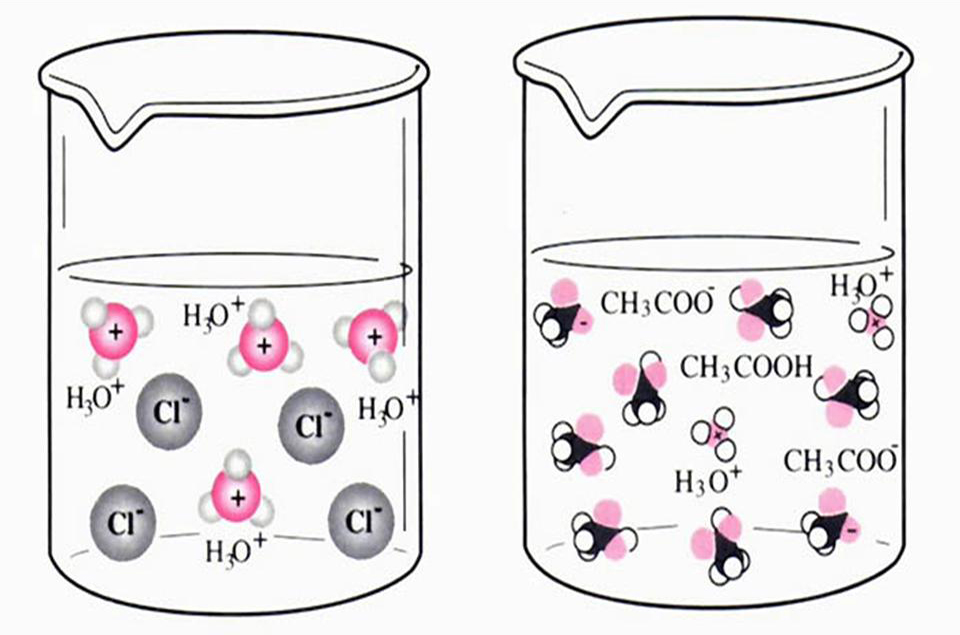The chemical reaction of hydrogen chloride
Hydrogen chloride does not react with water but is soluble in water and is often present in the air as a haze of hydrochloric acid. Soluble in ethanol and ether, but also soluble in a variety of other organic matter; Soluble in water, at 25℃ and 1 atmospheric pressure, 1 volume of water can dissolve 503 volume of hydrogen chloride gas.
The chemistry of dry hydrogen chloride is very inactive. Alkali and alkaline earth metals burn in hydrogen chloride, and sodium burns with a bright yellow flame:
Hydrogen chloride gas is dissolved in water to form hydrochloric acid. When the medicine bottle is opened, it often forms acid mist of hydrochloric acid with small water droplets in the air. Industrial hydrochloric acid often into a micro yellow, mainly because of the presence of ferric chloride.
Hydrogen chloride ionization
The presence of hydrochloric acid is often tested with ammonia, which reacts with hydrogen chloride to form white ammonium chloride particles. Hydrogen chloride has a strong dipole and forms hydrogen bonds with other dipoles.
Industrial hydrochloric acid often into a micro yellow, mainly because of the presence of ferric chloride. The presence of hydrochloric acid is often tested with ammonia, which reacts with hydrogen chloride to form white ammonium chloride particles. Hydrogen chloride has a strong dipole and forms hydrogen bonds with other dipoles.
Hydrogen chloride gas production and harm: natural volcanic ejecta contains 2% ~ 3% HCl gas. HCl gas harmful to the environment mainly comes from the chlor-alkali industry, vinyl chloride and pesticide production, as well as many chlorine reactions and copper sulfide calcination.
In addition, as an important chemical raw material, hydrochloric acid is widely used in various industrial sectors, so in printing and dyeing, pharmaceutical, rubber, leather, iron and steel, non-ferrous metal smelting and other production processes have HCl exhaust emissions. In the treatment of polyvinyl chloride and other plastic waste containing chlorine, commonly used incineration method, but also the discharge of HCl, hydrogen chloride gas





 Facebook
Facebook YouTube
YouTube LinkedIn
LinkedIn Twitter
Twitter